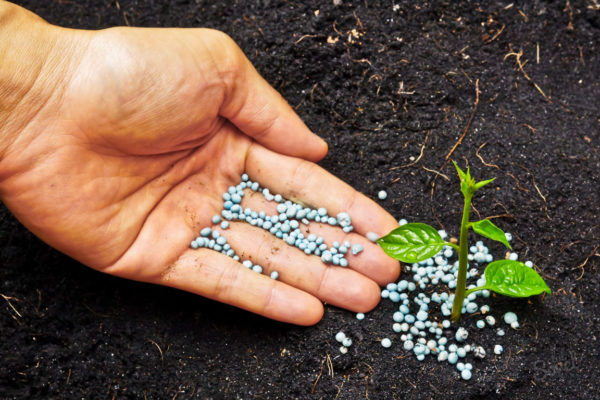
Ammonium sulfate is a fairly popular mineral fertilizer today. The time of its application is spring, because the nitrogen contained in it contributes to the active growth of all crops, sulfur-containing components make the fruits of high quality. With the ripening of late varieties of vegetables and fruits, sulfur helps their long winter preservation. It turns out that the use of ammonium sulfate fertilizer is very important in large farms and in private dachas.
Ammonium sulfate is a crystalline type powder; its color is mainly white, but pink or yellow shades are possible. It is allowed to apply it together with fertilizers of mineral properties, but with other main components. It is convenient in working with it by the fact that it simply dissolves in water, or is used dry. Such a variety of uses makes ammonium sulfate a very common fertilizer.
Summer residents are always looking for non-aggressive chemicals to help for the summer season, and like real agronomists they choose harmless fertilizer ammonium sulfate to help plants. A good choice, because this chemical substance, the only one in the composition of the fertilizer, does not harm either humans or plants. They pour it under the bushes simply with their hands without gloves.
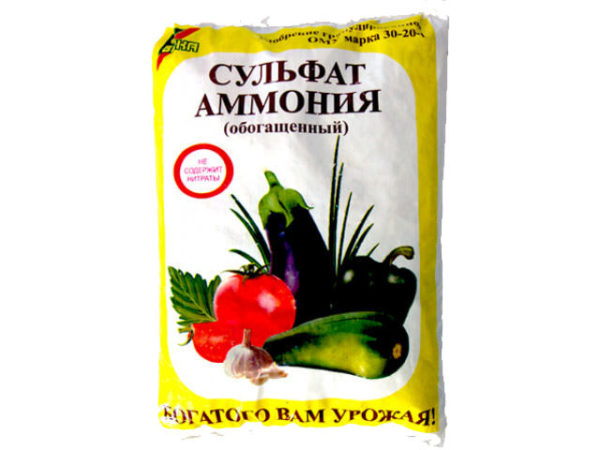
When growing 2 crops of greenery, ammonium sulfate is introduced in stages, the first time in early spring to accelerate the appearance of the first seedlings, and the rapid growth of the bulk of the greenery. The use of ammonium sulfate fertilizer in the garden allows you to get the 2nd crop. To do this, fertilizer must be applied when digging the soil for the second sowing, the soil is enriched with substances useful for the plant, the seeds lay on fertile soil, quickly germinate and form a mass of greenery. Top dressing should be stopped 2 weeks before the greens are harvested.
Content
- 1 Ammonium sulfate: description of the fertilizer, characteristics, instructions for use
- 2 Description and characteristics of fertilizer ammonium sulfate
- 3 Ammonium sulfate: chemical and physical properties, composition, effectiveness
- 4 Benefits When Using Ammonium Sulfate
- 5 Ammonium sulfate fertilizer: application, timing and dosage
- 6 Storage rules
- 7 Reviews
Ammonium sulfate: description of the fertilizer, characteristics, instructions for use
After the first application of fertilizer in liquid form to the soil, along with sowing seeds, ammonium sulfate remains in the fertile layer for a long time. This fertilizer is not very mobile in the soil, it is not affected by water flows, it does not pass to other layers of the soil, it is not washed away by rain on neighboring beds, and it does not disappear with air currents. This long time provides the necessary top dressing of the root system.
Ammonium sulfate can be used regardless of region, soil, climate. If you use fertilizer once, it will not affect the fertile layer; regular use of ammonia will “acidify” the soil. This is indicated in the instructions for the use of ammonium sulfate fertilizer so that consumers are not keen on its use, especially if they are not very familiar with the chemical and geological composition of the earth in their own garden.
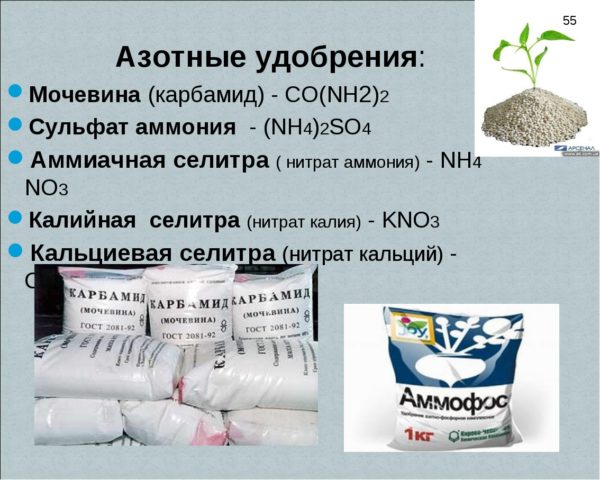
Description and characteristics of fertilizer ammonium sulfate
At large farms, soil fences are regularly checked in laboratory conditions, an analysis of its condition is carried out, the need for applying one or another fertilizer is determined. Alkaline and neutral soils allow multiple use of ammonium sulfate, and acidic or neutral soils with frequent use of this fertilizer require the simultaneous introduction of substances against acidification of the fertile layer. Moreover, ammonium is inactive in soil layers. Against acidification, limestone or chalk crushed substances are introduced.
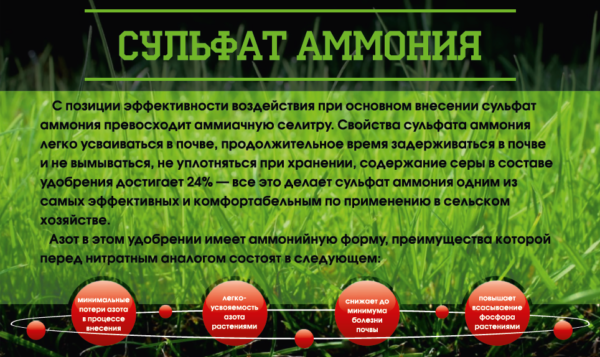
In addition to agriculture, ammonium salts are used in the manufacture of textiles, as a component of strengthening the strength of threads, as a component of dyeing fabrics. As a fertilizer, it is ideal for many agricultural plants cultivated on any soil.
Before using ammonium sulfate in your own country, you need to get acquainted with its chemical properties. When used carefully, this fat promotes rapid growth and the active formation of quality fruits. At the same time, the use of fat gives larger and juicy fruits on any crops.

Ammonium sulfate: chemical and physical properties, composition, effectiveness
The appearance of ammonium sulfate is a crystalline powder, often white, occasionally with a gray tint. The crystals are easily soluble, odorless. Considering that ammonium is not a complex, but an integral substance, it can be combined with mineral, organic fertilizers.
The composition of the fertilizer ammonium sulfate is visible by its chemical formula: (NH4) 2 SO4. Ammonium salt includes sulfur - S, oxygen - O2, nitrogen - N; Remarkably, all substances are contained in a form readily available to plants.
Fractional content of fertilizer components:
- nitrogenous molecules - more than 20%;
- sulfur components - up to 24%.
The effectiveness of ammonium sulfate is noticeable where there are not enough nitrogen and sulfur components in the seedlings. At the same time, the plants change externally - they become pale, with yellow, greens; foliage dries up, dries, crumbles. Nitrogen exchange directly violates the lack of element S. Without it, protein compounds, vegetable oils, and vitamins are not fully formed. Lack of sulfur disrupts oxidation, recovery, which form the basis of the growth and full development of plants.
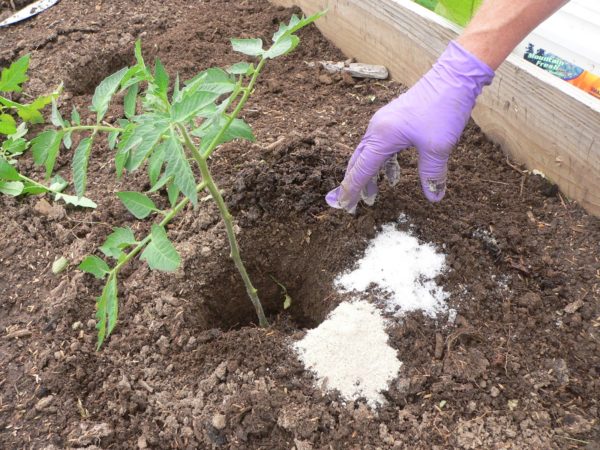
Shortage S immediately affects:
- plants develop slowly, do not grow;
- stems are thin and weak;
- foliage loses its natural color, deteriorates, dries;
- the fruits are small, with a loss of natural taste and aroma.
The lack of S in the fertile soil layer leads to the accumulation of N in the form of nitrates. The most noticeable is the effectiveness of the use of ammonium salts to improve the quality of the fertile soil layer.
The reason lies in the fact that nitrogen, dissolved in water, does not give a reaction with the components of the earth, but directly goes to the roots of plants.
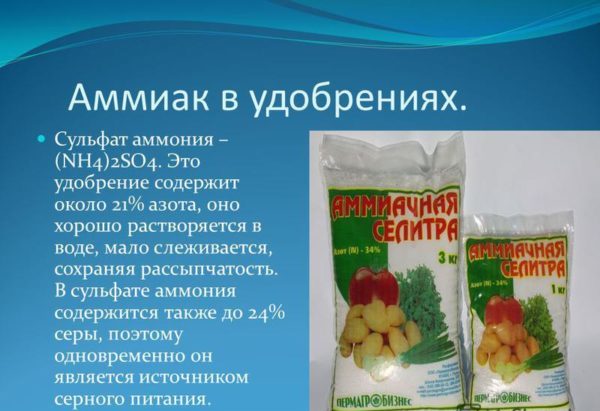
Benefits When Using Ammonium Sulfate
Agronomists have calculated that during the development cycle any plant “eats” 30-60 kg of sulfur components per hectare near the ground. Because of this, it is so important to constantly “feed” fields and gardens with sulfate salt - because it gives the earth two necessary chemical elements. From washing out by rains and blowing out by winds, non-cultivated lands are depleted, and the former concept of “keeping the field steamed” is losing its meaning today. Since after the "rest" of the fields, especially in large agricultural companies, the use of this fertilizer is simply necessary to obtain a new excellent crop.
The lack of these elements significantly reduces the content of vitamins in fruits, reduces shelf life. Moreover, it is sulfur that “holds” the chemical formula of nitrogen and does not allow it to turn into a nitrate form. To avoid the formation of nitrates, summer residents prefer the use of an aqueous solution that eliminates the accumulation of excess chemical, and spend only liquid root and foliar top dressing.
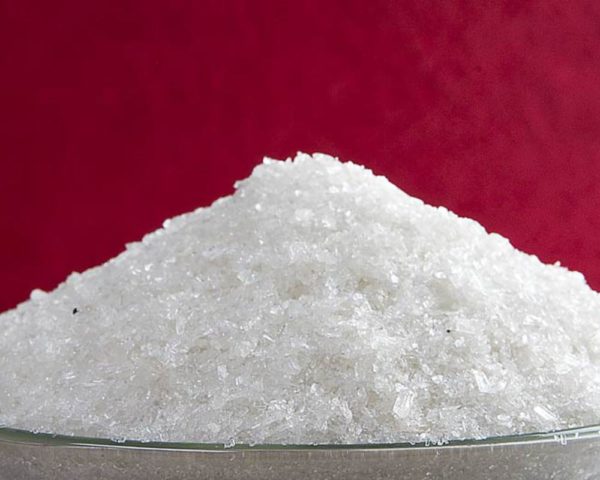
For the soil
What a person takes away from the Earth, it must be given away, not to deplete natural resources, but using gifts, to replenish what has been lost. Moreover, in order to get a good crop, even during a crop rotation, agronomists immediately calculate what kind of tuks must be introduced so as not to deplete the land and to take good crops.
Ammonium sulfate in spring fertilizing before planting seedlings or seeds is the main fertilizer. Even earlier use of fertilizer - yes, spring plowing of the site, the introduction of dry powder. In this case, the fertilizer is evenly distributed throughout the garden. Calculation of the amount of powder is carried out according to the scheme: 25-30 g per m2. However, one should take into account the planning of beds, it may be more appropriate to apply fertilizer to each bed, for each plant, because the amount of funds varies in accordance with the need for each cultivated plant.
Sulfate salts are necessary for agricultural land, even if forbs are sown on it for grazing. The Earth needs other elements for a complex effect on the growth and development of plants. Ammonium sulfate is well combined with fat containing K, P, Ca, Mg.
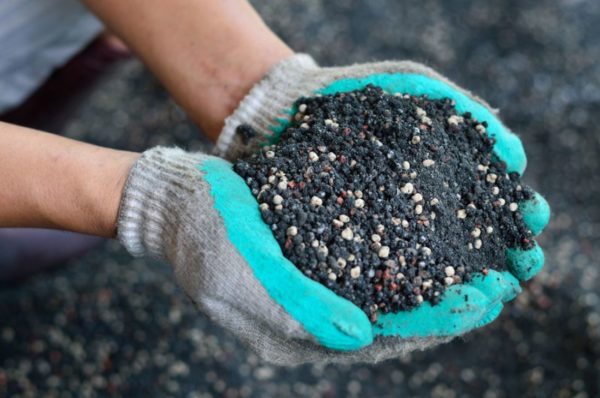
For crops
Ammonium sulfate is introduced into the soil during autumn plowing of fields. This is “nutrition” for the fertile soil layer. Spring fertilizing the earth with nitrogen fertilizers is aimed at the active growth and proper development of crops. From this enrichment of the soil, fertilizers are easily absorbed by plants, they grow rapidly, actively develop. Both the vast fields and country gardens benefit both the autumn and spring fertilizing of the earth with nitrogen fertilizers. The value of spring top dressing fields - N helps proper development, S helps to grow a high quality crop.
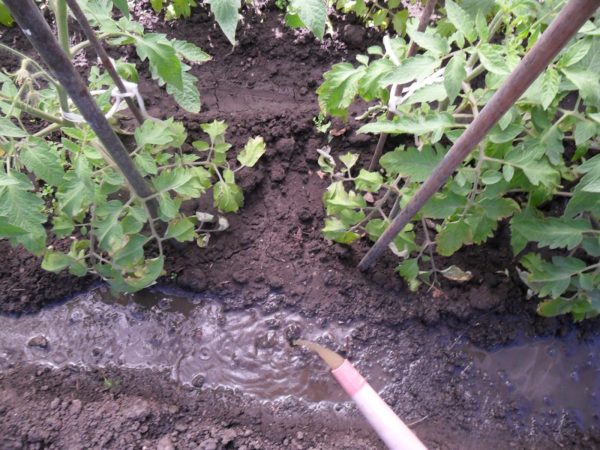
Fertilizers for potatoes are introduced according to a special schedule. Stage 1 - before planting, Stage 2 - watering the young shoots with an aqueous solution, Stage 3 - feeding the ripening root crops. With this feeding schedule, the nitrate components do not accumulate in the tubers, the potatoes grow large, with a high starch content.Such potatoes are not susceptible to scab and middle rot.
Ammonium sulfate fertilizer: application, timing and dosage
Sulphate salts are widely used in crop production today. A simple chemical composition allows the use of ammonium salts for many crops. The use of this fat in compliance with the timing and dosage always brings excellent results. Kills wintering pests preserved in the soil during the winter of the disease. This significantly improves the condition of cultivated plants. Manufacturers of the drug suggest paying attention to one way of using fertilizer. To do this, follow the weather forecast. During the rainy season, it is recommended to evenly dry powder during loosening of the earth.
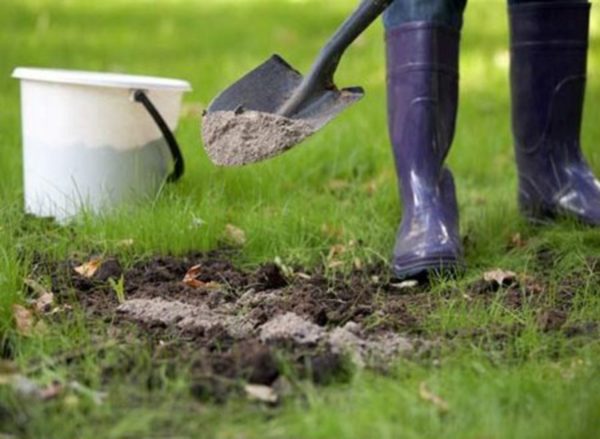
Feeding with ammonium salts is recommended when:
- fruits and berries develop slowly;
- branches are thinned, fragile;
- the color of the leaves is pale.
When plantings lack nitrogen, they look bad, foliage discolors and falls off, there are few fruits, they are small or not at all. Buds on the branches are small, rare or also completely absent. These are indicators that the soil is depleted, and plants need fertilizing with ammonium sulfate.
Summer residents need to know the dosage of fertilizer when growing different crops:
- greenery requires 20 g of ammonium sulfate per 1 m2; if the greens are grown on a large plantation, an effective method will be the introduction of at least 70 g of dry powder, in strips between rows. With regular watering, the fertilizer will gradually dissolve and feed the roots almost constantly;
- carrots require up to 25–35 g per 1 m2;
- beets - up to 35–40 g per 1 m2;
- cruciferous - up to 35 g;
- potatoes - 20-35 g per m2.
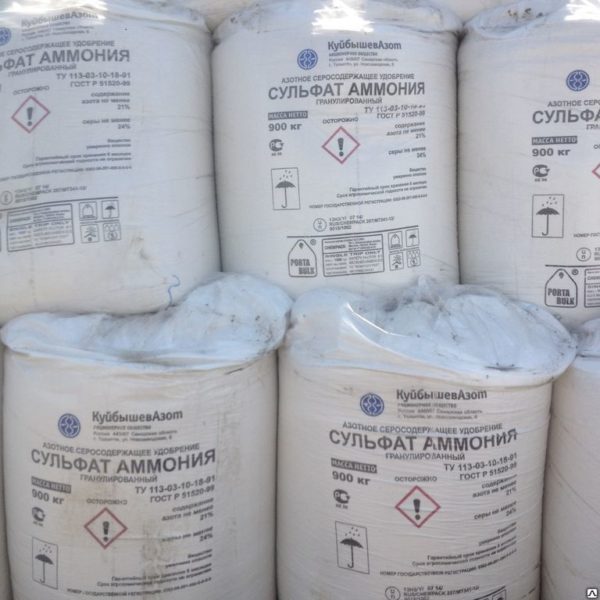
Storage rules
In order for the fertilizer to retain its properties and chemical characteristics for a long time, it must be stored in special rooms - dry, well-ventilated. Fertilizer from manufacturers goes on sale in plastic bags of different capacities. Unopened bags have an unlimited shelf life.
Mixing with other components, preparation of mineral solution complexes is carried out strictly before using chemical mixtures. It is not allowed to store even dry mixed substances. Residues of unused solution should be disposed of in accordance with all safety rules. The packaging from the manufacturer must state to which hazard class the chemical belongs.
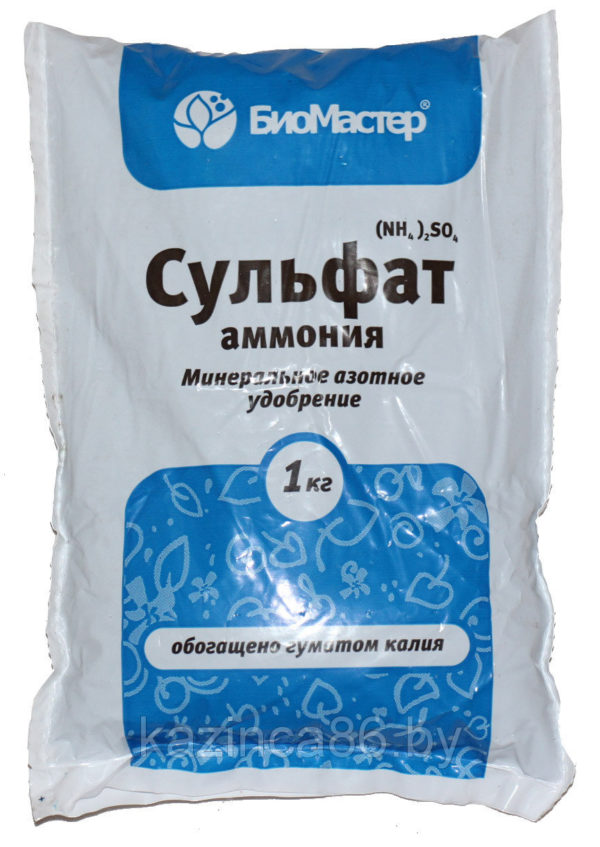
Reviews
Ammonium sulfate salts have won the favor of consumers with its positive effect, easy use, and safety. Reviews about ammonium salts are only positive.
Olga:
“I consider ammonium sulfate the best way to feed cucumbers. My husband and I always grow early varieties of cucumbers. This culture itself is precocious, however, with fertilizing with ammonium sulfate we get unprecedented results: cucumbers grow like yeast, the tops develop strong, strong, with lots of color. All flowers are ovary, there are practically no empty flowers. ”
Maria:
“We fertilize strawberries with ammonium sulfate, and are not afraid that we work with chemicals. Even children eat berries directly from the bushes. Fertilize with nitrous fat in the spring to activate the growth and development of bushes, foliage, stems. The working mixture is made from 1 tbsp. l fertilizers per 10 liters of water. "
There are always a lot of ovaries, the berries grow surprisingly large, juicy, fragrant. The second time we fertilize strawberries with ammonium salt during a dive, planting bushes, and removing mustaches, we make dry fertilizer for digging.

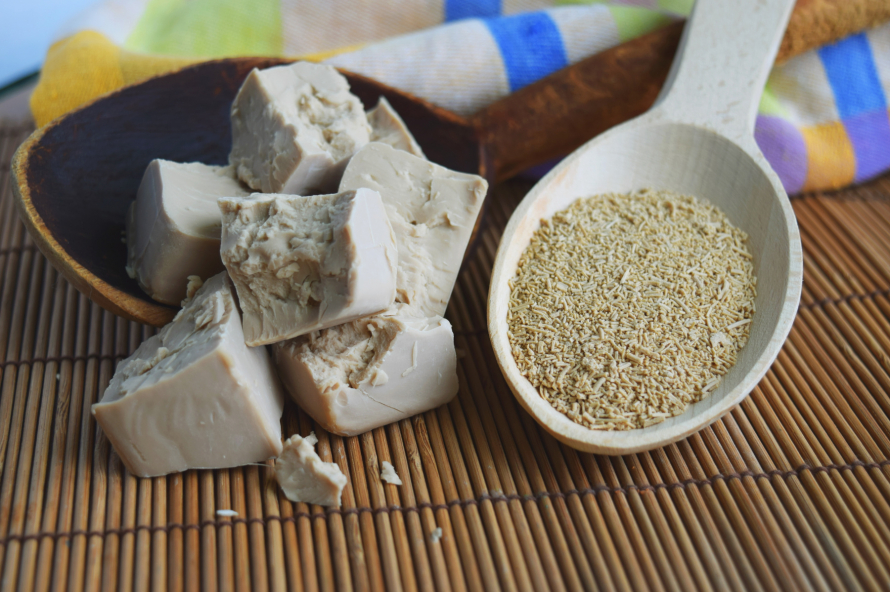
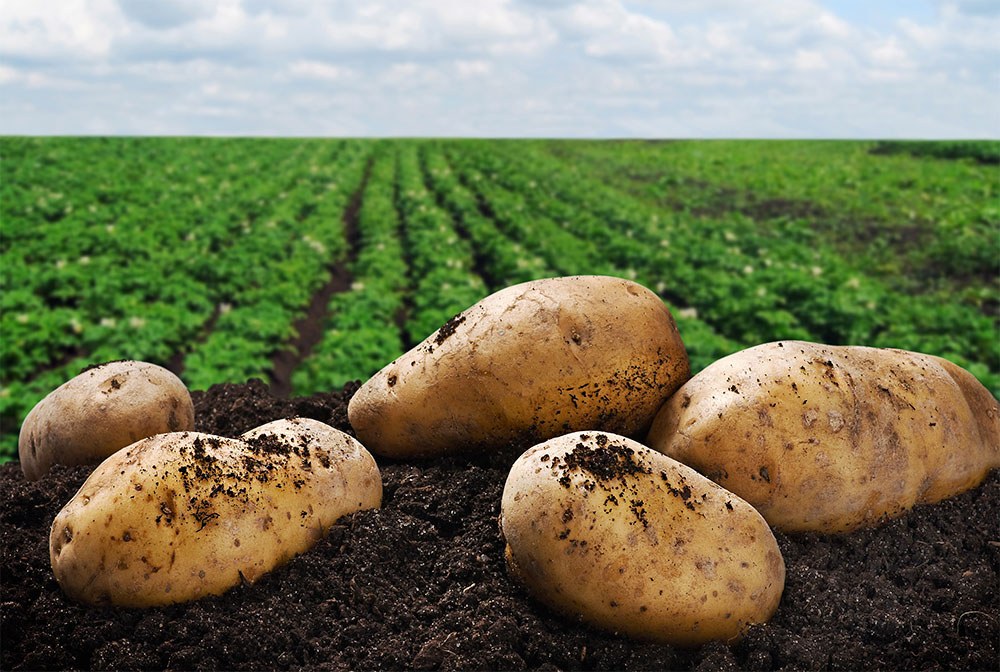
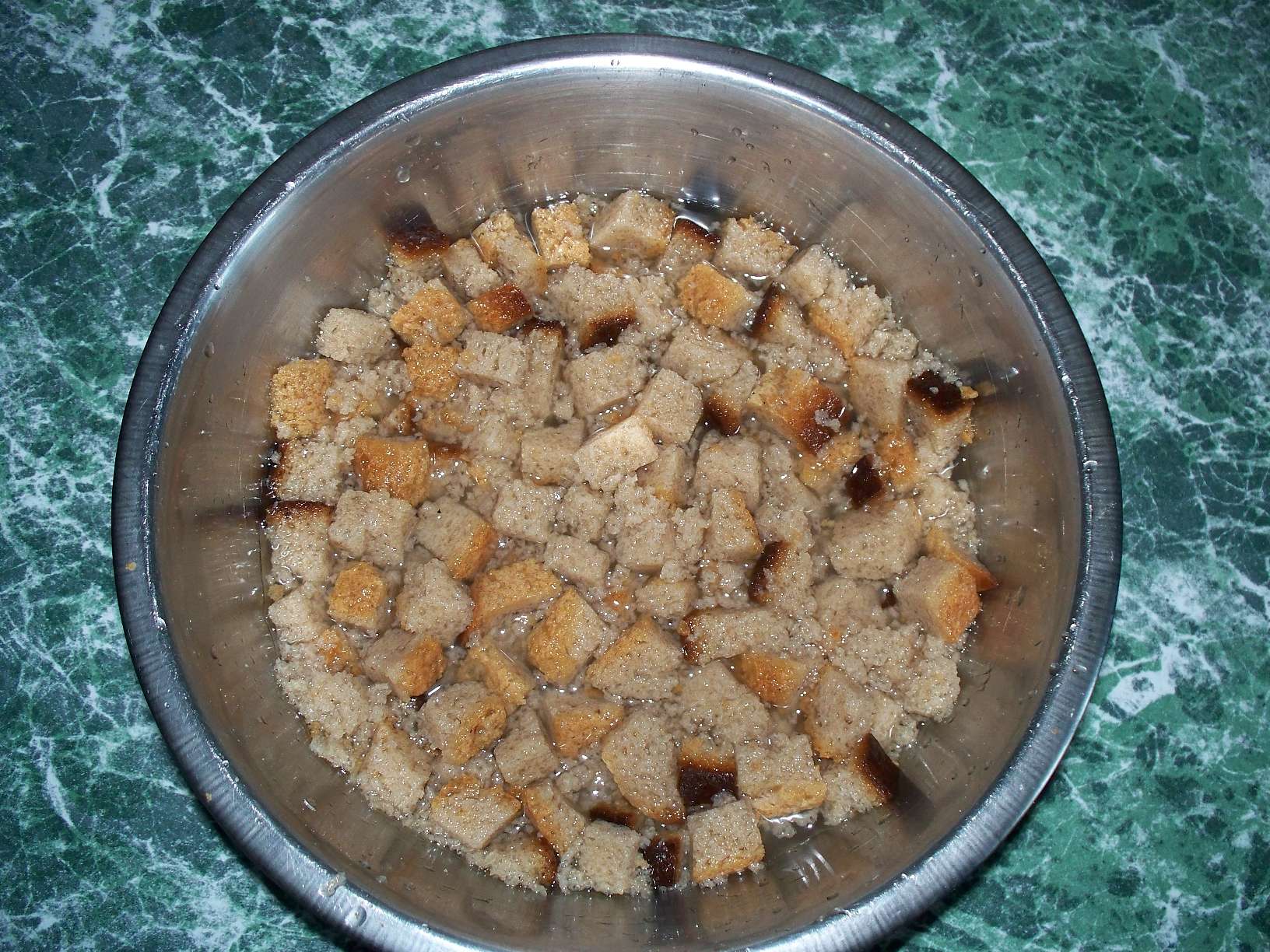
 Superphosphate: what is it and how to apply it
Superphosphate: what is it and how to apply it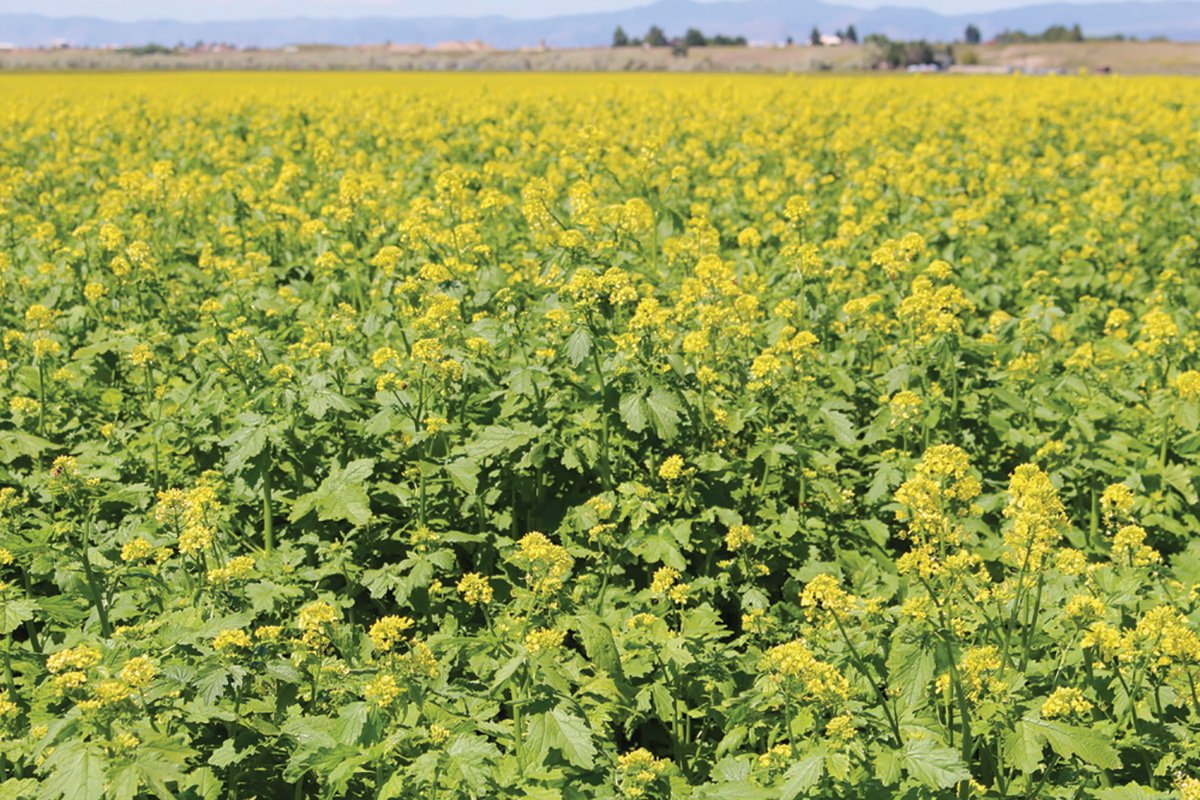 What problems can be expected from siderats?
What problems can be expected from siderats?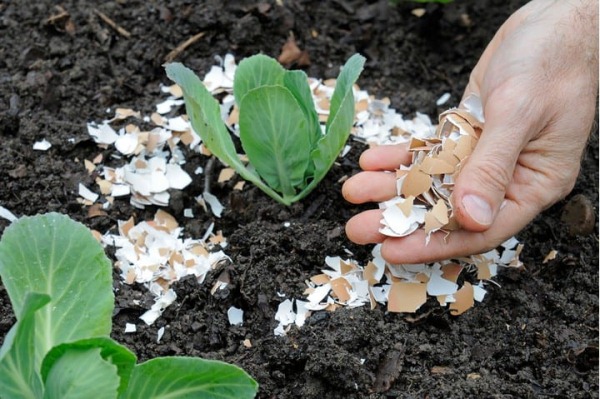 Secrets of the collection, storage and use of eggshells in the garden
Secrets of the collection, storage and use of eggshells in the garden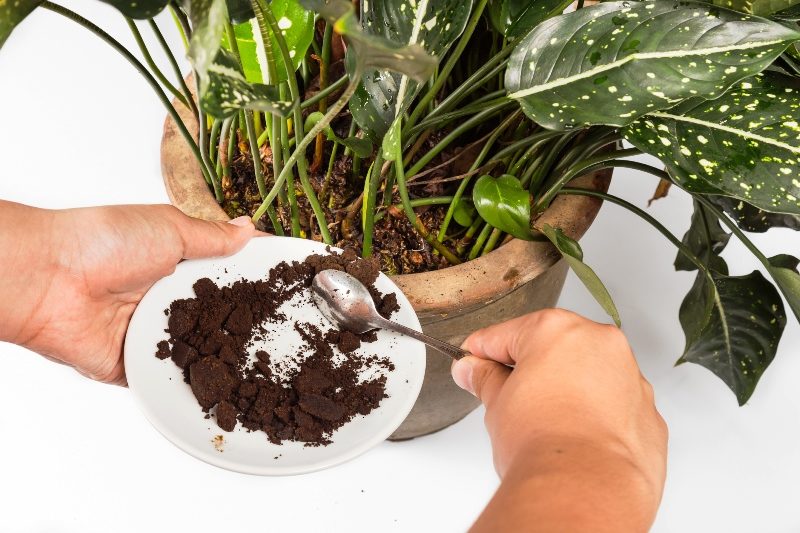 The most popular top dressing for indoor plants
The most popular top dressing for indoor plants